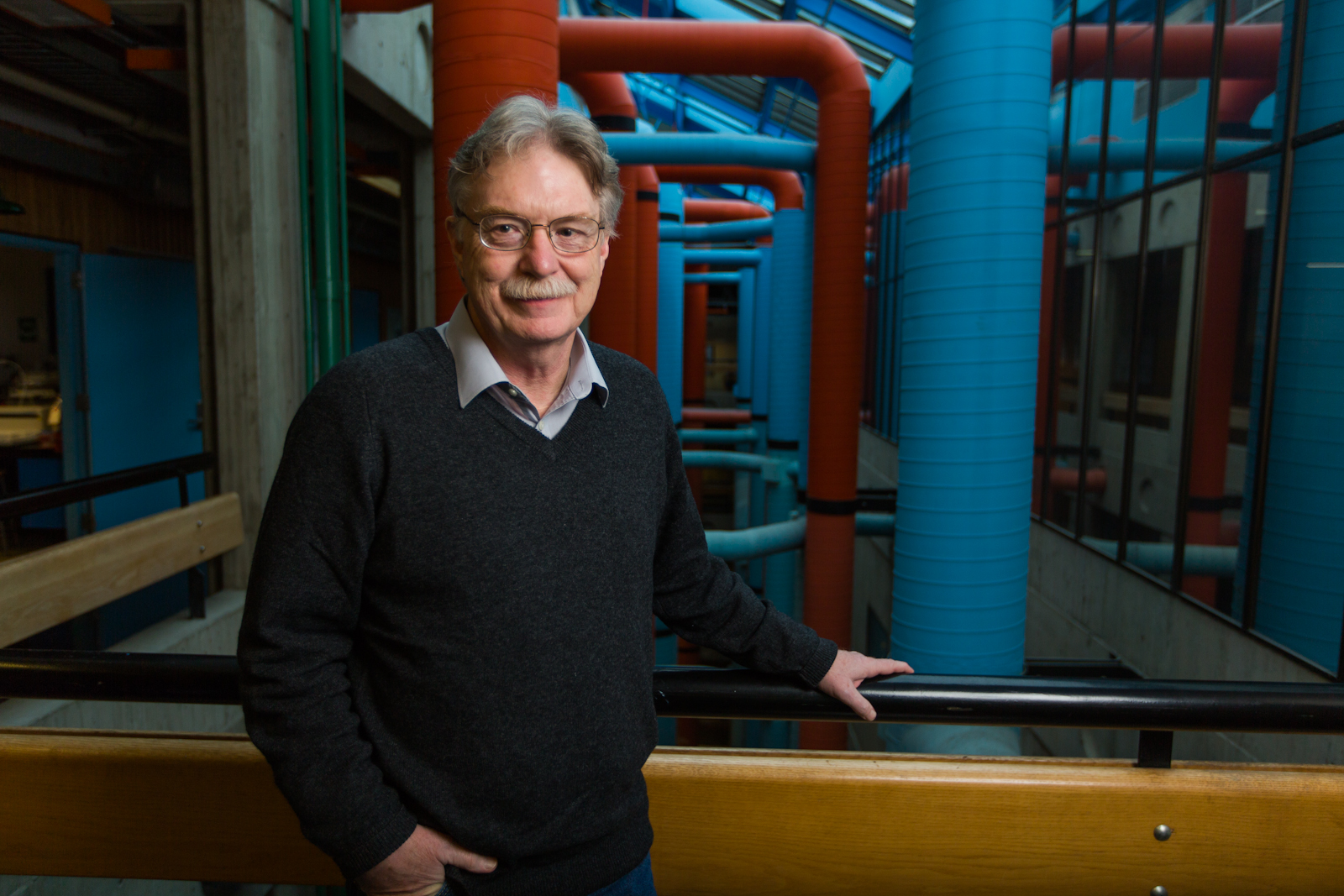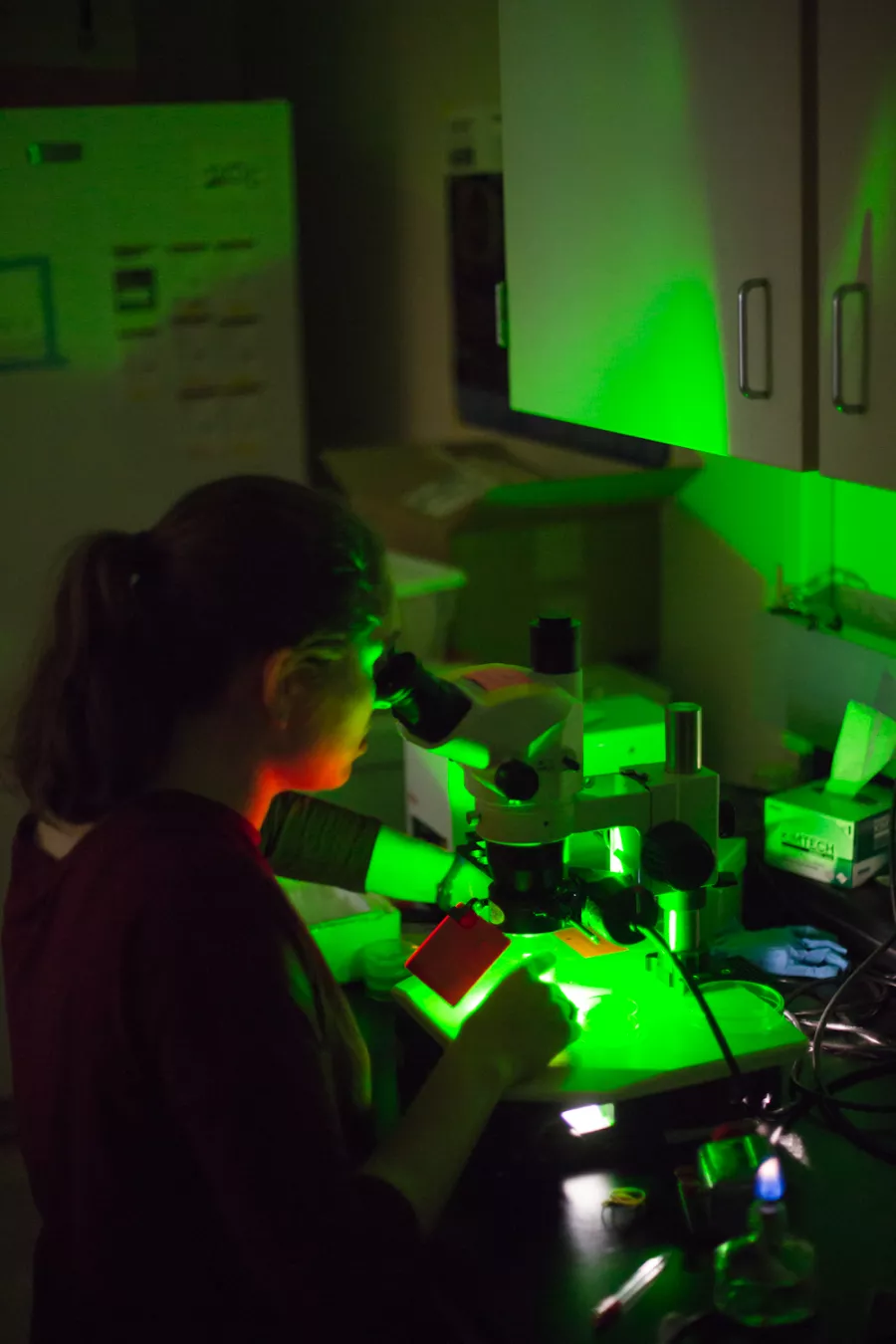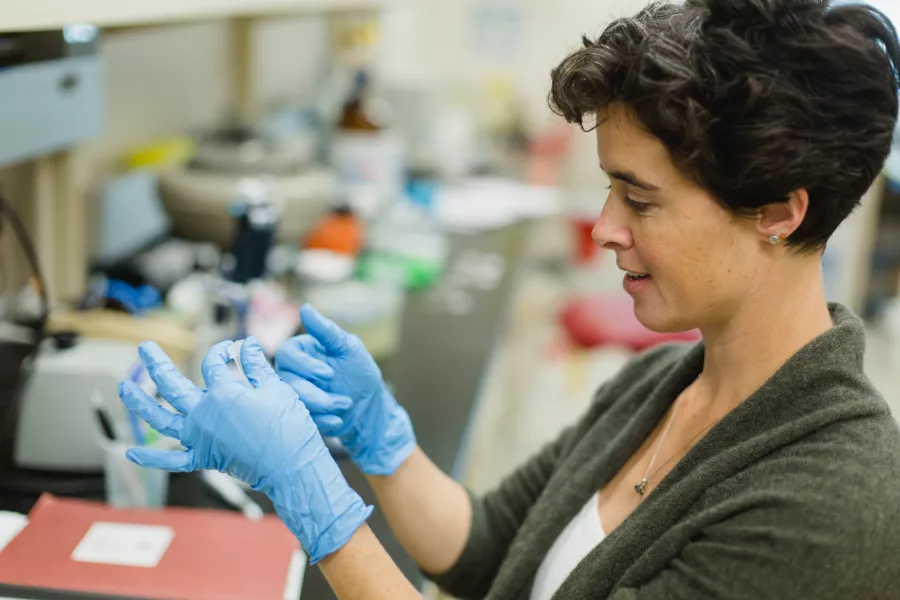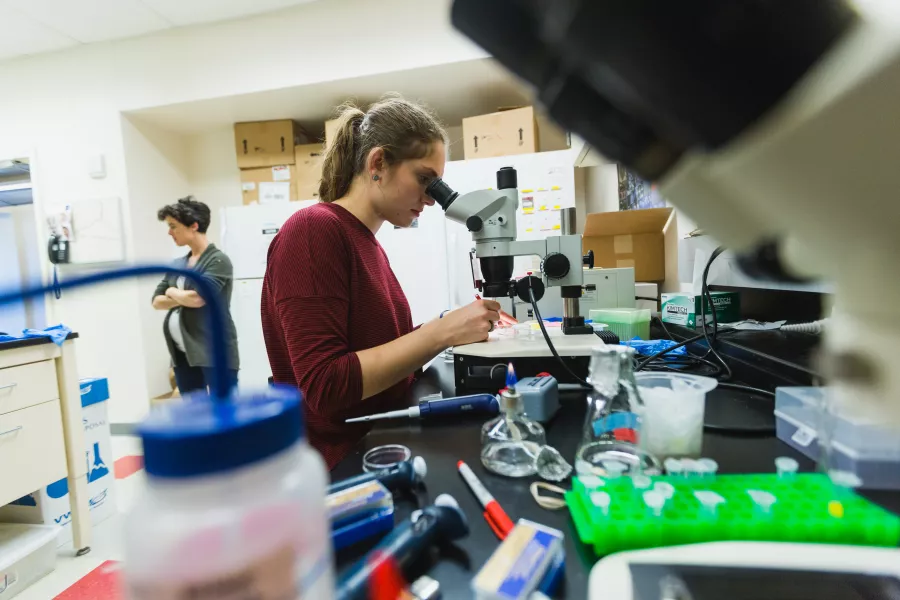Picture the African continent without its 214 million annual cases of malaria. Or South America devoid of the scourge of the new terror of the Zika virus. Or developing nations in the tropics not spending hard-won resources fighting dengue fever, an illness so painful that it’s also known as “break-bone fever” because at its height it feels like your own bones are breaking inside your body.
Picture it happening because scientists could do it. Today.
Through an emerging scientific process called gene drives, scientists could alter the genetics of mosquitos to prevent them from passing along these diseases to the human population. Someday, scientists could use the technology we have now to alter humanity to make us all more cancer resistant, for example. But the gene drives—and the power they create—are so controversial and riddled with moral and ethical scientific dilemma that the world has collectively slow-tracked their use.
“Part of you thinks, ‘What’s not to like?’ It’s that important a breakthrough,” says Western’s Wayne Landis, a national expert on environmental risk assessment. “Then you start to think of the implications, of the potentialities, and it makes you take a step back and think about it a little more. Or a lot more.”
Last year, Landis, a professor of Environmental Science in Western’s Huxley College of the Environment and the director of the college’s Institute for Environmental Toxicology, was asked to be a member on the National Academy of Sciences’ 15-person panel convened to discuss the issues around the emerging scientific and ethical quandaries associated with using gene drives in non-human populations. Their report, “Gene Drives on the Horizon: Advancing Science, Navigating Uncertainty, and Aligning Research with Public Values,” also includes initial recommendations for how the technology might best be used—or not.
What is a gene drive?
Gene drives are a system of biased inheritance that enhance the ability of a genetic element to pass from an organism to its offspring through sexual reproduction.
In other words, scientists “edit” the DNA of an organism so that it then passes on or “drives” a selected trait to its offspring. In nature, traits are passed on about 50 percent of the time. But a gene drive ensures a trait is passed on 100 percent of the time —in every generation that follows.
Using a pair of humans in a simplified example, assume a tall man with brown hair and brown eyes has a child with a short woman with blue eyes and blond hair; their resulting children would be a blend of those traits. But using gene drives, their offspring could be selected to have blue eyes every time. And not only would their children have blue eyes, but because the trait is passed to the next generation automatically and always selected, their children’s children and so on down the line—every single one of their descendants—would always have blue eyes. This trait would continue in subsequent generations and grow more and more widespread, which is how a relatively small number of genetically engineered mosquitos unable to pass along malaria could quickly spread across the entire population, eradicating the disease in humans.
“That is gene drives in a nutshell,” Landis says. “So much potential for benefit, so much potential for harm.”
The CRISPR breakthrough
Geneticists have been studying gene drive systems for more than 50 years, but the true breakthrough occurred in 2013 with the advent of a DNA-cutting technology called CRISPR/Cas9. CRISPR—an acronym for Clustered Regularly-Interspaced Short Palindromic Repeats—refers to segments of bacterial DNA that, when paired with a specific guide protein, can be used to make “cuts” in an organism’s genome, removing and adding traits to its genetic sequence. The process is referred to as “cutting” as an analog to the days when movie editors would take a strip of film, cut and remove frames, and insert new ones to complete the final product; the same process is now happening in strands of DNA.
With the CRISPR technology in place, researchers completed limited cuts on the DNA of fruit flies, mosquitos and yeast. The success of these initial studies opened up both the wider potential and implications of gene-drives, not just in insects and plants but, of course, in humans as well. The CRISPR/Cas 9 technology is already widely used in genetic research, said Western’s Lina Dahlberg, assistant professor of Biology.
“It’s a great tool, no question about it,” she said. “And it certainly allows us to do quite a few things we couldn’t do before.”
For example, Dahlberg’s research in cell biology and biochemistry chiefly focuses on experimentation with C. elegans, the roundworm.
“C. elegans breeds quickly and is easy to examine, and allows us to ask some really interesting fundamental questions about biology,” she says. “I can use CRISPR/Cas 9 to ask questions about one specific gene’s function in C. elegans in a lot of different ways. The answers to those questions inform us about our own systems, even though the roundworm is a creature made up of only about 1,000 cells.”
Consider the mosquito
An ideal candidate for the use of gene drives remains the mosquito simply because of the staggering number of deadly afflictions the tiny insect passes on to humans across the world. Hilary Schwandt, an assistant professor in Western’s Fairhaven College of Interdisciplinary Studies, researches reproductive health and infectious disease, and she says the eradication of malaria from Africa would have a staggeringly positive effect on public health issues there. Malaria kills nearly 500,000 people a year in Africa alone.
“Malaria in Africa is especially tragic for children and vulnerable populations such as pregnant women, and being able to prevent these countless premature deaths would be incredible,” says Schwandt, who earned her doctorate at Johns Hopkins University working down the hall from peers studying insect-borne infectious diseases.
“At the same time there is a natural reluctance in creating an organism that couldn’t exist in nature, and I understand that,” she says. “Weighing these negatives with the huge upside of public health is going to be a fascinating discussion.” The ripples from the eradication of malaria alone would spread far beyond public health, as it has been estimated that malaria costs African nations—some of the poorest on Earth— more than $12 billion a year.
Questions of risk, reward, morality
Landis says history is rife with examples of humanity’s failed attempts to modify ecological systems. Take, for example, the introduction of the European rabbit to colonial Australia in the 1800s by a landowner who pined for the seemingly innocuous creatures.
Still an environmental mess Down Under, the mammals exploded in number with few predators and still eat millions of dollars’ worth of local crops each year. This pales in comparison to gene drives and their potential for extreme success or horrific failure.
Any huge shift to an ecosystem, such as the alteration or even removal of billions of mosquitos all at once through what amounts to a genetic chain reaction—essentially a gene bomb— can’t be entered into lightly, and this type of large-scale risk assessment is why Landis was asked to be on the NAS panel. “There are morality issues involved in creating and releasing organisms into the wild that defy natural selection, whether it’s a mosquito or a species of wheat,” he says. “Also, who or what governs this science? Who regulates its use and evaluates its efficacy? As I said in the report, there isn’t a single agency in this country today equipped to handle all of these questions.” What if a gene drive could make humans resistant to disease, such as by eliminating our ability to be infected by the AIDS virus? Conversely, what if a gene drive could be used to create new forms of bioweapons? Or more likely, how could this technology be rushed into use for commercial gain without proper vetting and research, with untoward consequences as a result?
“Genetic editing has been talked about since the discovery of genetics themselves,” Landis says. “And of course the level of unease an average person feels about genetic changes made to mosquitos gets amplified a hundredfold when you talk about similar techniques being used on a human embryo.” In addition, the mere testing of the technology evokes fears of test subjects escaped into the wild, of mutations or errors in the process, of the philosophical issues surrounding the eradication of species and the hubris of humans altering Mother Nature’s genetic plan.
Dahlberg says that using CRISPR/Cas 9 is not a process without error—that genetic information that is supposed to be placed into slot A in a genome can get placed into Slot B and/ or C instead.
“Any organism that has been altered for release in the wild would need to have literally billions of nucleotides checked for these kinds of unforeseen errors, because they can happen,” she says. “And while most ‘off-target’ mutations are fatal, my concern is that a rush to push something out the door to make a product or complete a process for even a very good reason could have this sort of error if due diligence does not occur.”
Lawyers, bioethicists, religious leaders, philosophers and publichealth advocates, among others, have all recently weighed in on gene drives and the technology’s impact; a healthy discussion on the Stanford Law School’s Law and Biosciences blog talked about the positives and negatives of the NAS panel’s report and summed it up by calling it a “useful start but nowhere near a finish.”
“These kinds of questions and worries are why the panel was convened,” says Landis. “And while we could never answer every question or solve every issue, we did get the ball rolling and the conversation started. It’s going to take a long time for them all to be answered … and some may never be.”
Something to think about until spring, when we all start hearing, once again, the buzz of mosquitos in the Pacific Northwest.



